CNC Machining Design Tips:
Crafting Precision with Expertise
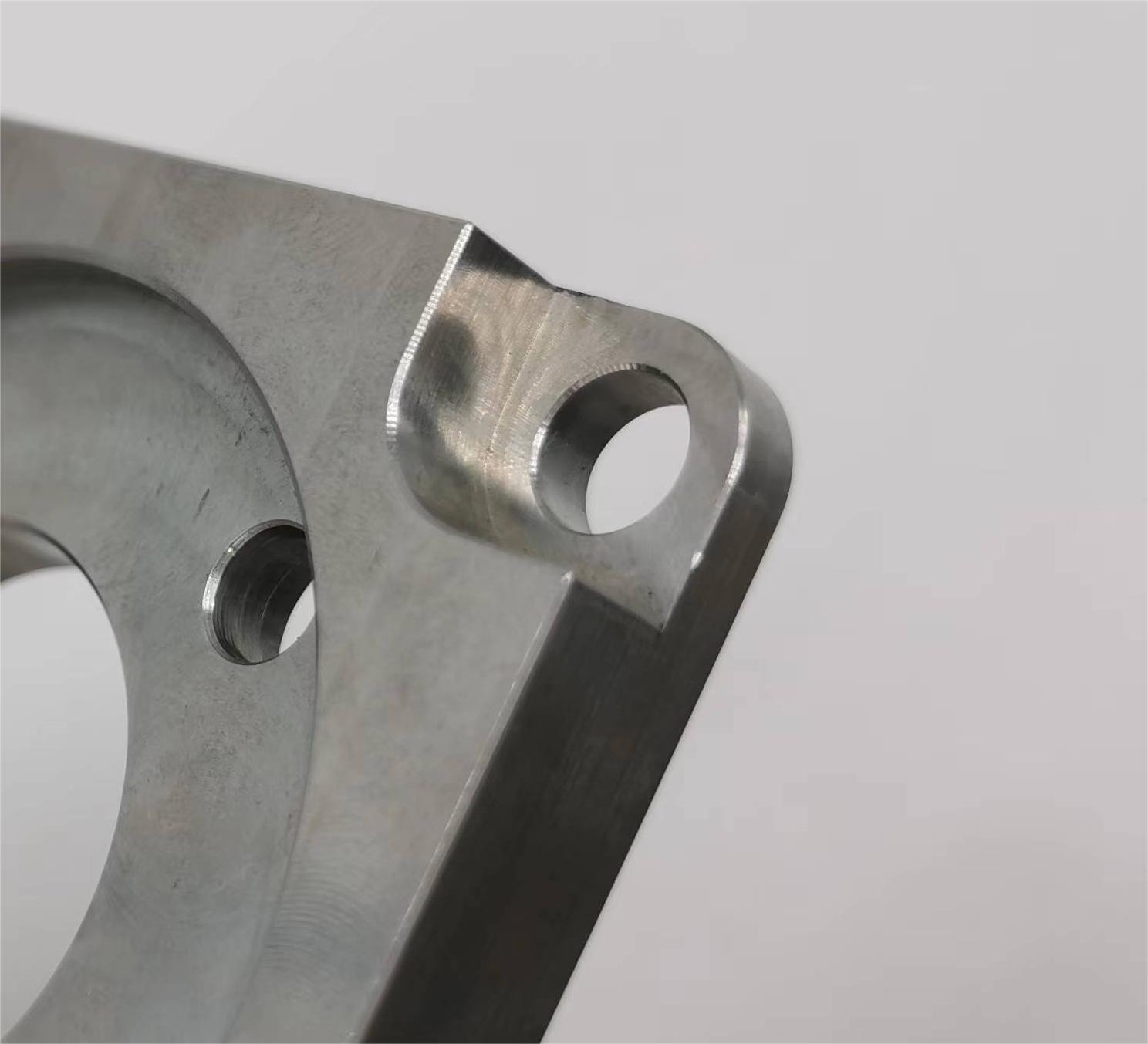
Table of Contents:
- 1. Material Selection
- 2. Tolerances Matter
- 3. Avoid Sharp Corners
- 4. Hole Sizes and Shapes
- 5. Thin Walls and Features
- 6. Part Orientation
- 7. Tool Access
- 8. Fillet and Chamfer
- 9. Threads and Standard Sizes
- 10. Surface Finish
- 11. Prototype and Testing
- 12. DFM (Design for Manufacturability)
- 13. Materials and Tooling
- 14. Avoid Over-Engineering
- 15. Communication and Collaboration
- 16. Consideration for Assembly
Introduction
In the world of manufacturing, CNC (Computer Numerical Control) machining is a vital process for creating precision parts and components. To ensure a successful CNC machining project, it’s crucial to design your parts with care and attention to detail. In this article, we will explore 16 essential tips for designing your components with CNC machining in mind.
1. Material Selection
Selecting the right material for your CNC-machined part is the foundation of a successful project. Consider the material’s properties, such as strength, durability, and cost. Generally speaking , metals are expensive than plastics. Consult with your CNC machining service provider for recommendations based on your specific application.

CNC Machining Metals

2. Tolerances Matter
Specify tolerances that are achievable with CNC machining. Tight tolerances can increase costs and machining time, so find the right balance that meets your requirements without overburdening the manufacturing process.
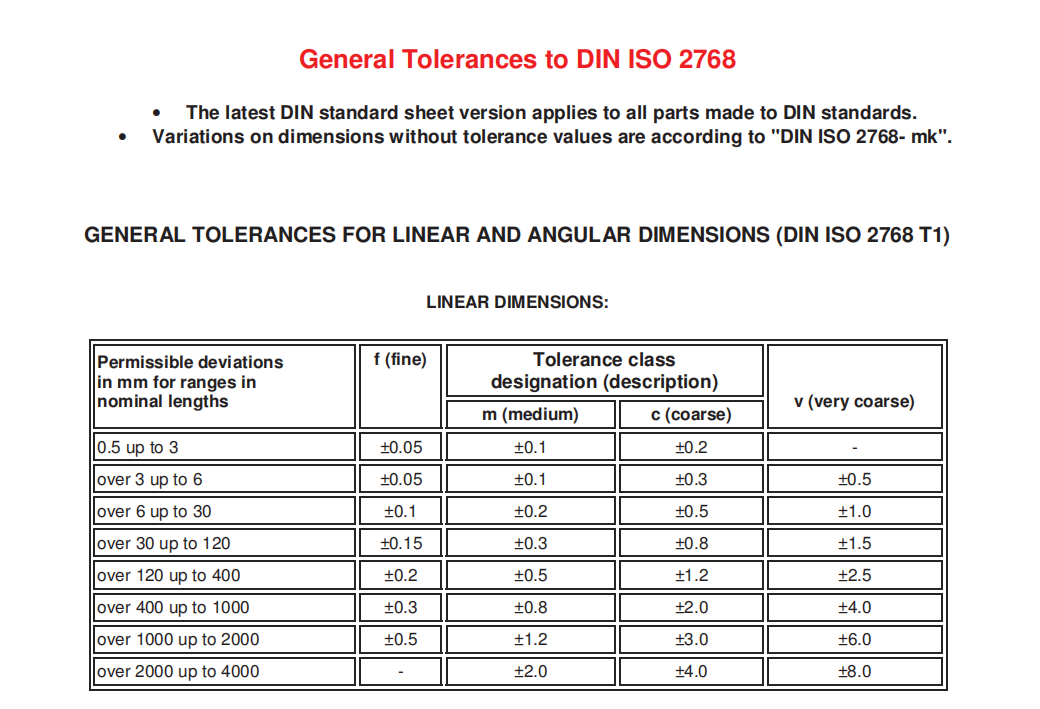
3. Avoid Sharp Corners
CNC machining may struggle with sharp inside corners. To overcome this challenge, use fillets or radii to round the corners, which not only eases the machining process but also improves the overall part’s strength.
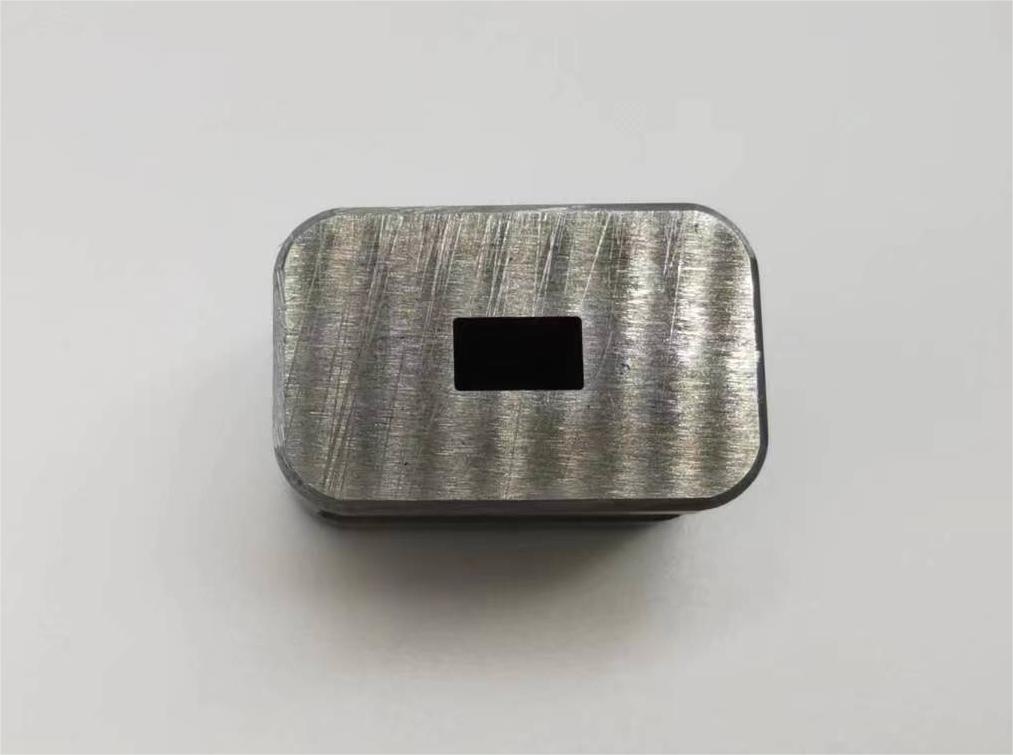
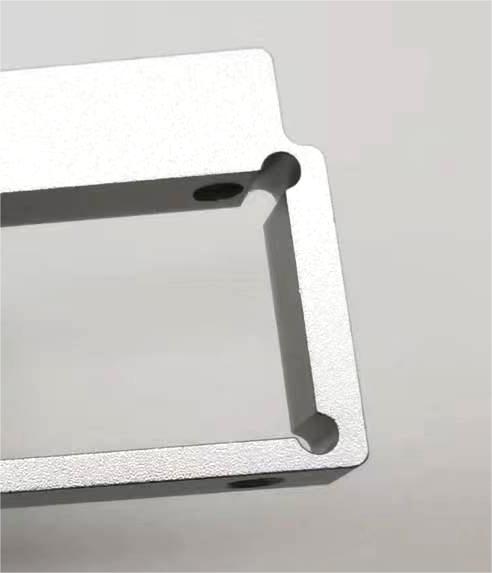
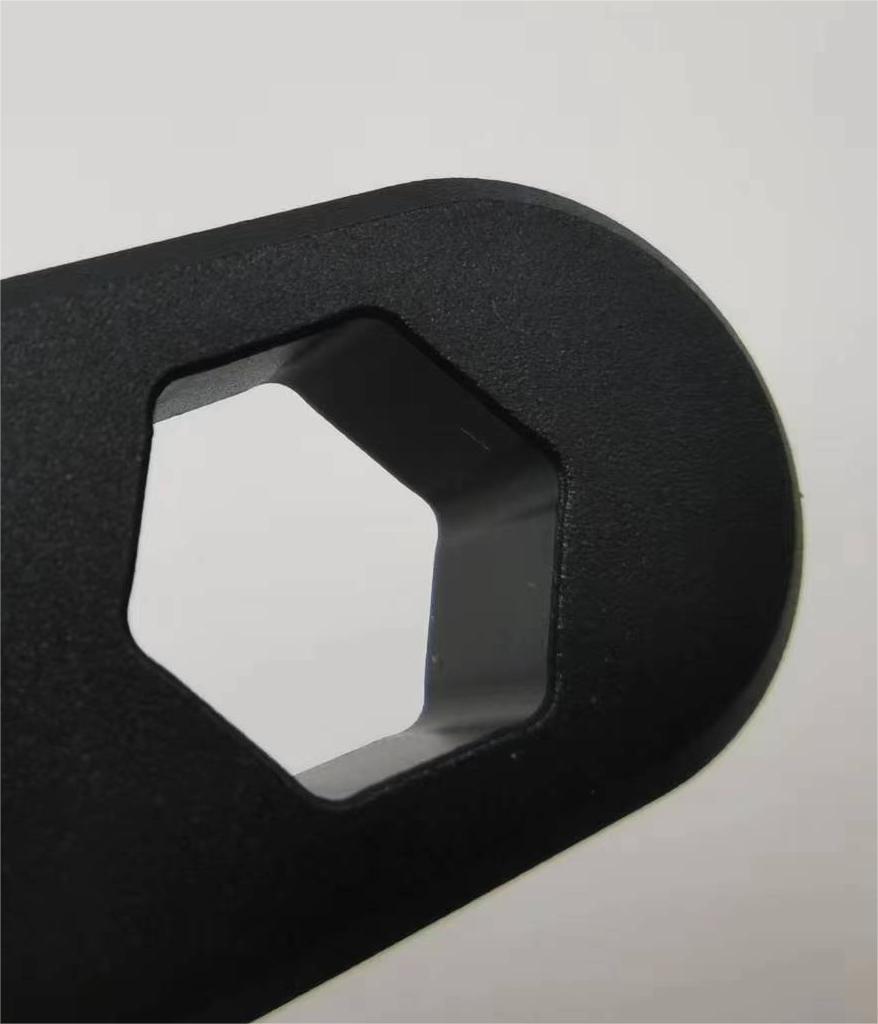
Sharp Inside Conner
Undercut

Sharp inside corners can be machined via sinker EDM, which takes time and cost.
4. Hole Sizes and Shapes
When designing holes, opt for standard hole sizes whenever possible. Non-standard hole shapes can complicate the machining process and add unnecessary costs.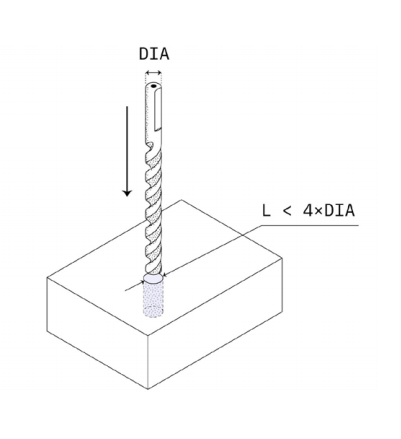
5. Thin Walls and Features
Thin walls and features can be prone to warping during machining. Consider designing thicker walls or adding ribs to provide the necessary support and prevent distortion.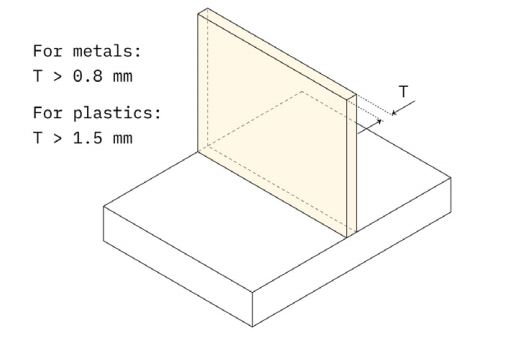
6. Part Orientation
Discuss part orientation with your CNC machining service provider. Proper orientation can significantly reduce machining time and material wastage, optimizing your project’s efficiency.7. Tool Access
Ensure that tools can access all areas of your part. Complex geometries may require multiple setups or 5-axis machining, so work closely with your machining provider to find the best approach.
8. Fillet and Chamfer
Adding fillets and chamfers to edges not only enhances the aesthetics of your part but also reduces stress concentrations, improving its performance.
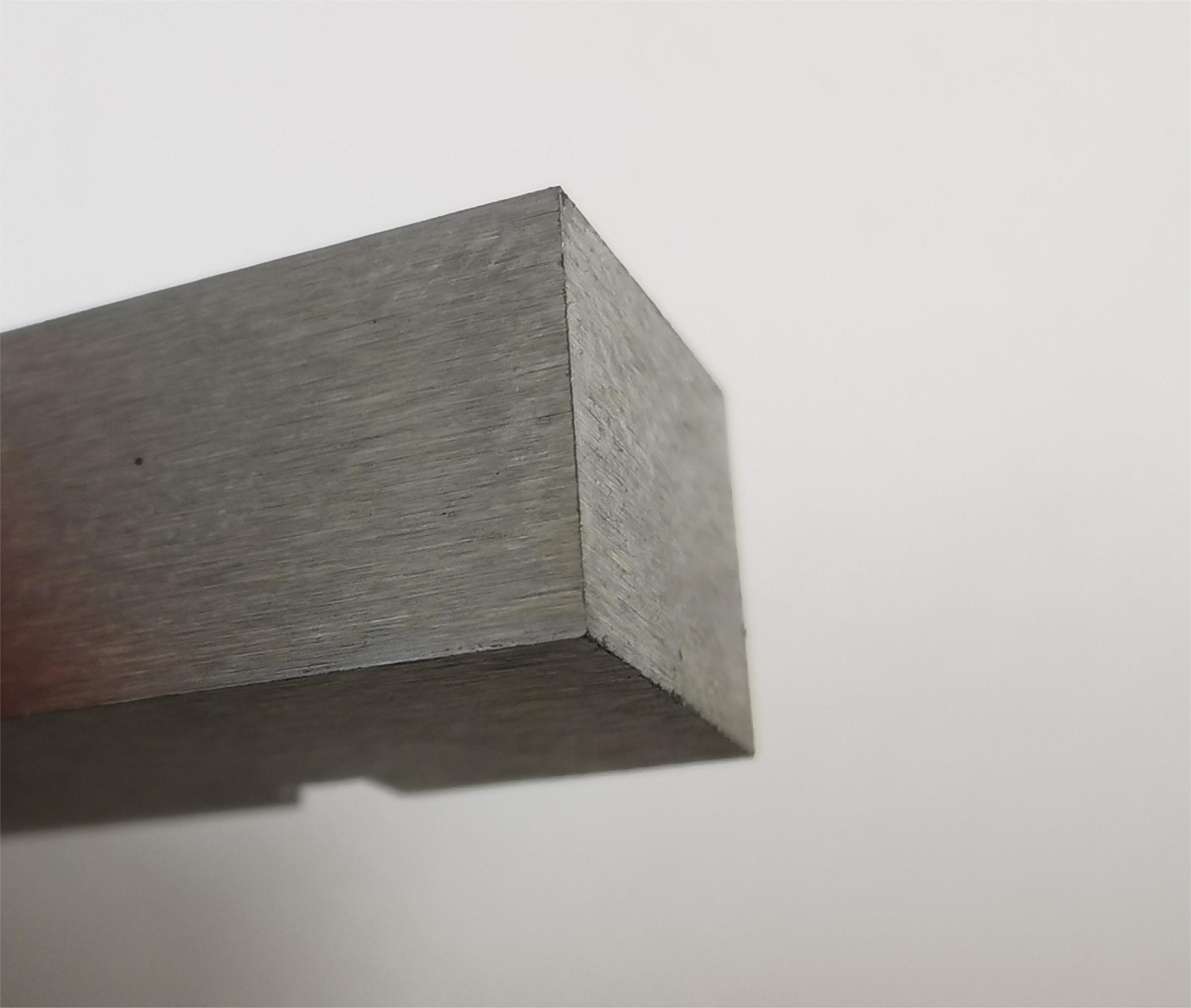
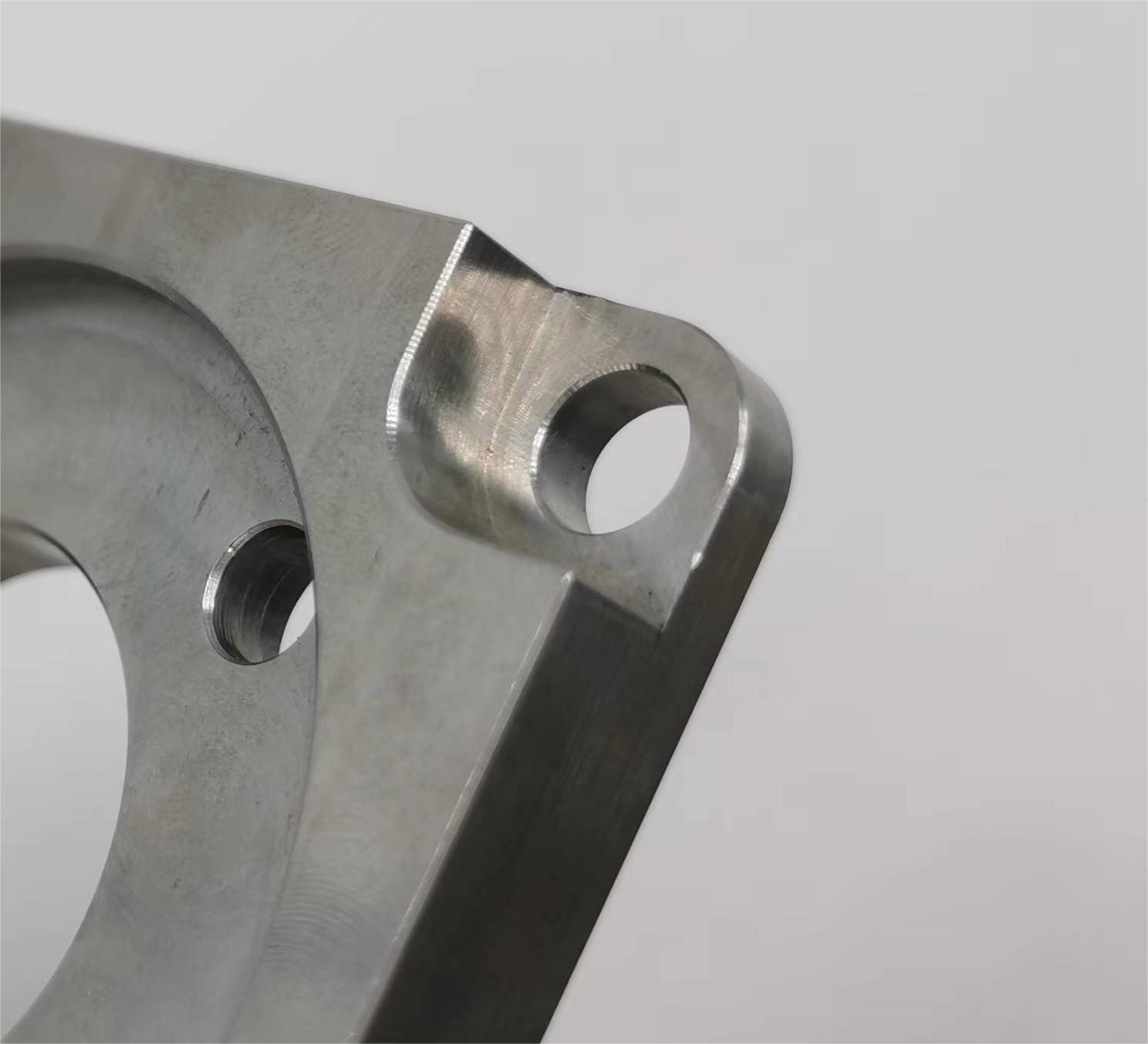
Sharp Edge
Chamfer
9. Threads and Standard Sizes
Whenever possible, use standard thread sizes. Custom threads can be time-consuming and costly to machine, and standard sizes ensure compatibility with readily available fasteners.
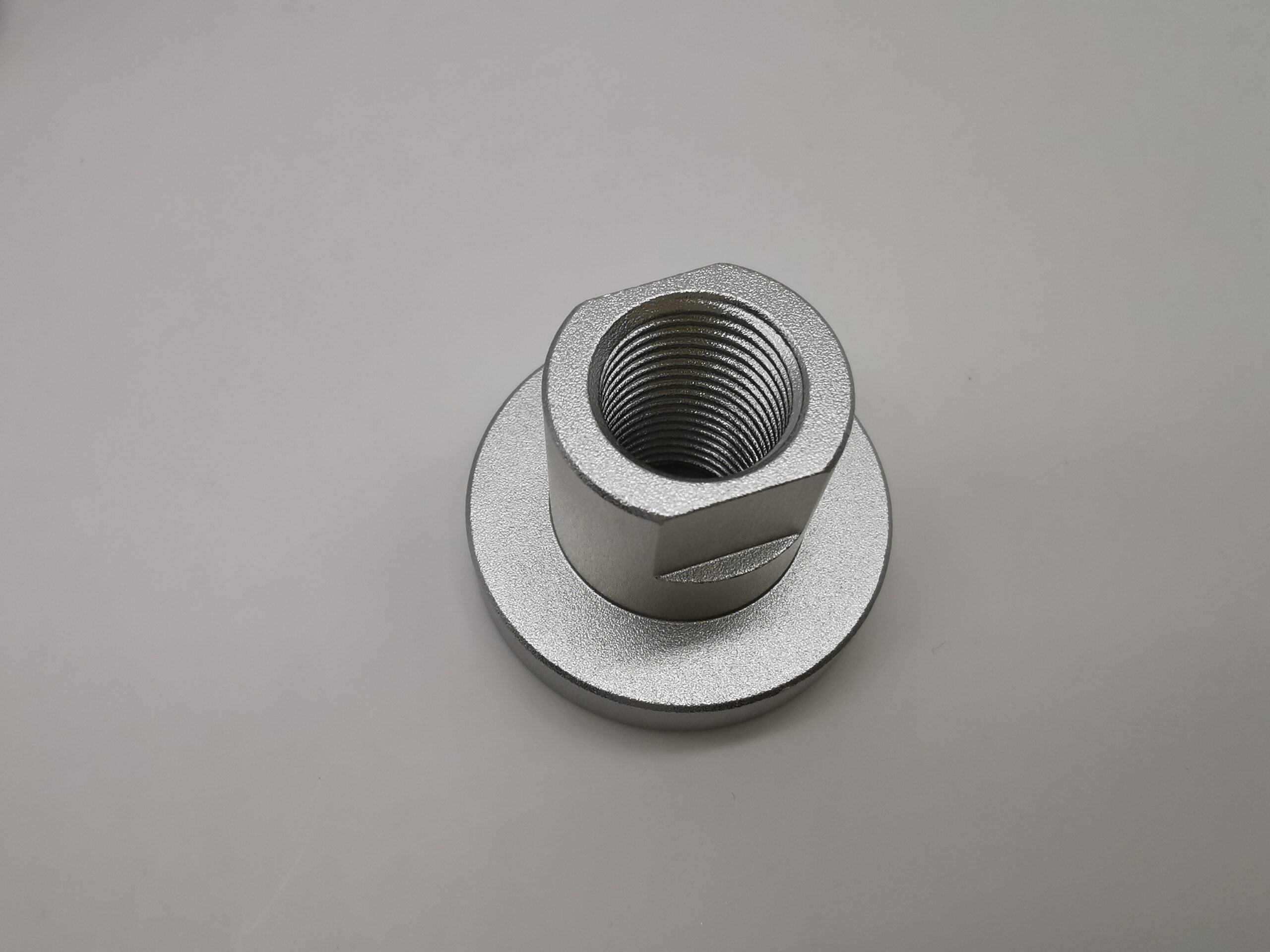
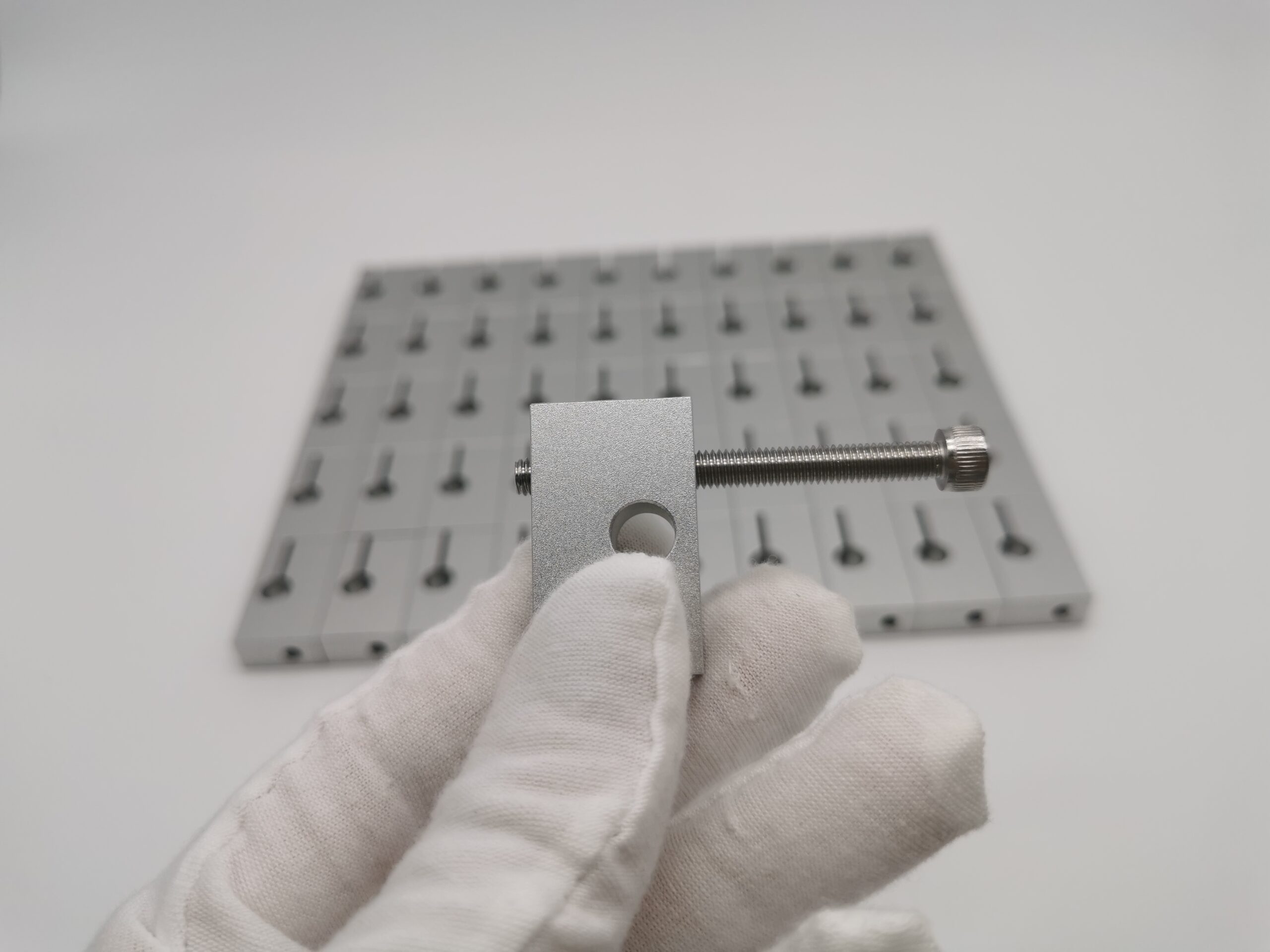
10. Surface Finish
Consider the desired surface finish for your part. CNC machining can achieve a range of finishes, from rough to mirror-like, depending on your requirements.
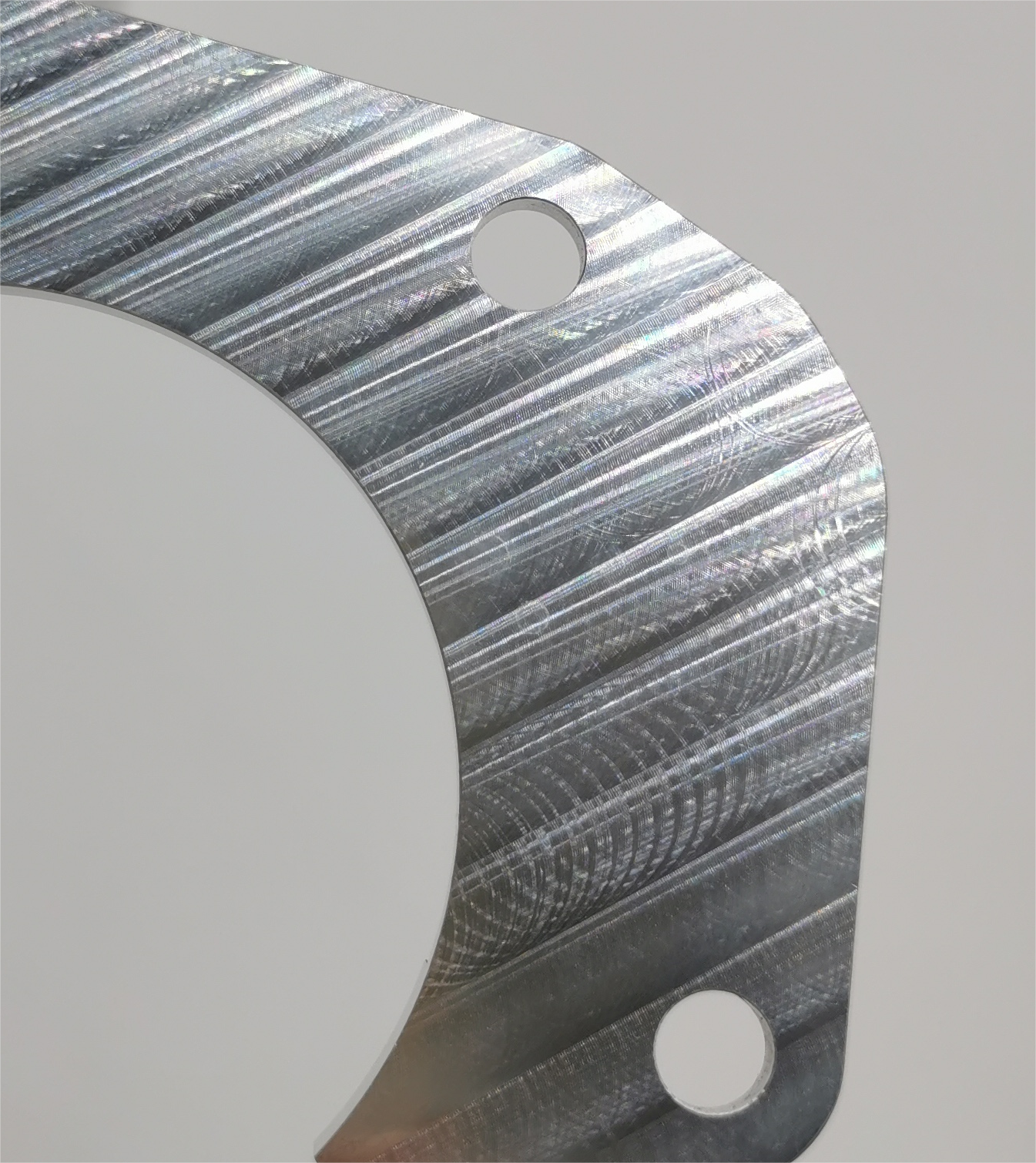
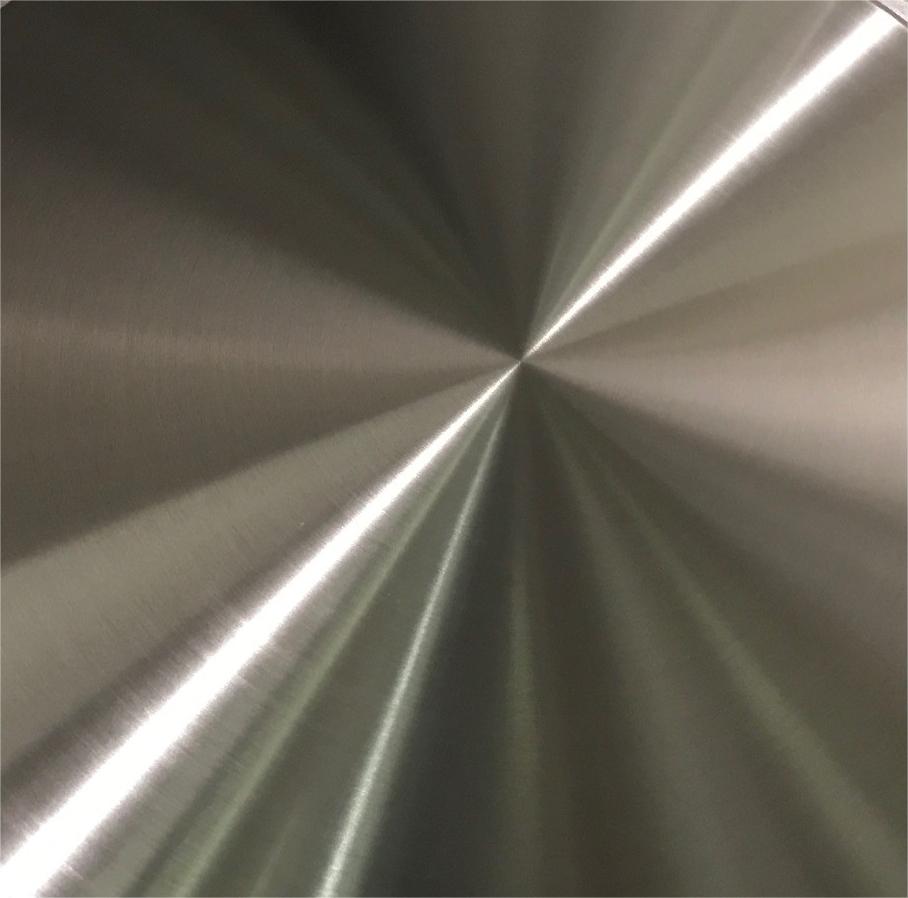
Polishing
11. Prototype and Testing
Before moving into full production, it’s advisable to create a prototype to test your design and identify any issues. Iterative design can help optimize your part for CNC machining.
12. DFM (Design for Manufacturability)
Incorporate Design for Manufacturability (DFM) principles to streamline the manufacturing process and reduce costs. Collaborate with your CNC service provider early in the design phase for valuable input.
13. Materials and Tooling
Understand the specific characteristics and limitations of the materials and tools used in CNC machining. Proper toolpaths and machining speeds are essential for quality results.
14. Avoid Over-Engineering
While it’s important to meet the requirements of your project, avoid over-complicating your design. Overly complex designs can increase costs without providing significant benefits.
15. Communication and Collaboration
Effective communication with your CNC machining service provider is key. Share material specifications, finishing requirements, and any other critical information to ensure a successful project.
16. Consideration for Assembly
Think about how your CNC-machined parts will fit together with other components. Ensuring compatibility and ease of assembly is essential for a smooth production process.
Conclusion
Designing for CNC machining is a meticulous process that requires careful consideration of various factors. By following these tips and working closely with your CNC machining service provider, you can create efficient, cost-effective designs that meet your project’s requirements.